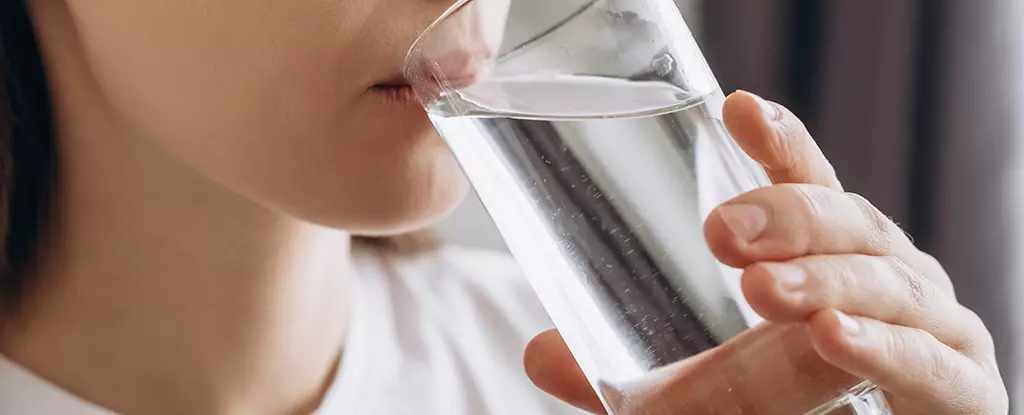As our society becomes increasingly aware of environmental issues, one of the most insidious problems we face is the proliferation of microplastics—tiny fragments of plastic that have infiltrated our food and water supplies. These microscopic pollutants pose significant risks to human health, and recent research has highlighted the alarming extent to which they permeate our daily lives, primarily through the consumption of contaminated water. A groundbreaking study from China has revealed a potential method for reducing microplastic ingestion through a simple boiling technique, signaling a new frontier in combating this pervasive threat.
The Research Findings Unveiled
Researchers from Guangzhou Medical University and Jinan University have conducted a comprehensive analysis examining the presence of nano and microplastics (NMPs) in various water sources. Their findings indicate that centralized water treatment systems frequently allow these harmful particles to escape, leading to elevated concentrations of NMPs in tap water. This poses an undeniable health hazard as millions consume these contaminated resources daily. Notably, the study, published in February, systematically evaluated the removal efficiency of NMPs from both soft and hard tap water, revealing that users could tackle this issue with materials available in their own kitchens.
The scientists added specific amounts of microplastics to different water samples, then applied a standard method of boiling and filtering. Astonishingly, the results demonstrated the effectiveness of this simple technique—removing as much as 90% of NMPs in certain cases, depending on the water’s hardness. This substantial reduction can make an impactful difference in lowering microplastic exposure, a significant concern given the rising global issue of plastic pollution.
The boiling process works based on the chemical reactions that occur when water is heated. In hard water, which contains higher levels of minerals, heating induces the formation of limescale (or calcium carbonate) as the temperature rises. This crusty buildup has a unique ability to encapsulate and trap microplastic particles, effectively filtering them out of the water. Even in soft water scenarios, where fewer minerals are present, approximately 25% of microplastics were still filtered out through this technique, suggesting a degree of efficacy regardless of mineral content.
The idea that boiling water can offer a practical solution is both encouraging and empowering. Many people already utilize boiling as a method to purify their drinking water—yet few realize it can also mitigate microplastic contamination. By employing common kitchen tools like stainless steel mesh strainers typically used for tea, households can execute this simple yet effective decontamination process.
Research into microplastics has underlined a concerning relationship between plastic ingestion and adverse health effects. While the precise consequences remain unclear, various studies have linked microplastics with alterations to the gut microbiome and increased antibiotic resistance, raising alarms about long-term health risks. The current study strengthens the argument for more extensive investigations not only into boiling as a viable solution but also into the overall health implications of microplastic exposure. By delineating a practical approach to drinking water safety, researchers have laid the groundwork for future studies that could unravel the complexities of this public health crisis.
Moreover, the researchers expressed hope for the broader adoption of boiling water as a regular practice, particularly in regions where it is not currently commonplace. The push for this method draws on cultural acceptance of boiling water but weaves in vital public health advocacy emphasizing the need to address microplastic contamination urgently and effectively.
As the throwaway culture continues to produce unmanageable amounts of plastic waste, understanding and mitigating the risks posed by microplastics has never been more critical. While the study from Chinese researchers sheds light on a feasible method to reduce microplastic ingestion, it also calls for collective awareness and action to address this modern-day concern. From policy changes that prioritize water treatment solutions to individual actions like boiling tap water, we must adapt our strategies to guard against this invisible threat. Further research and community engagement are essential to ensure safe drinking water for future generations, underscoring the importance of scientific inquiry and proactive measures against microplastic pollution.


Leave a Reply